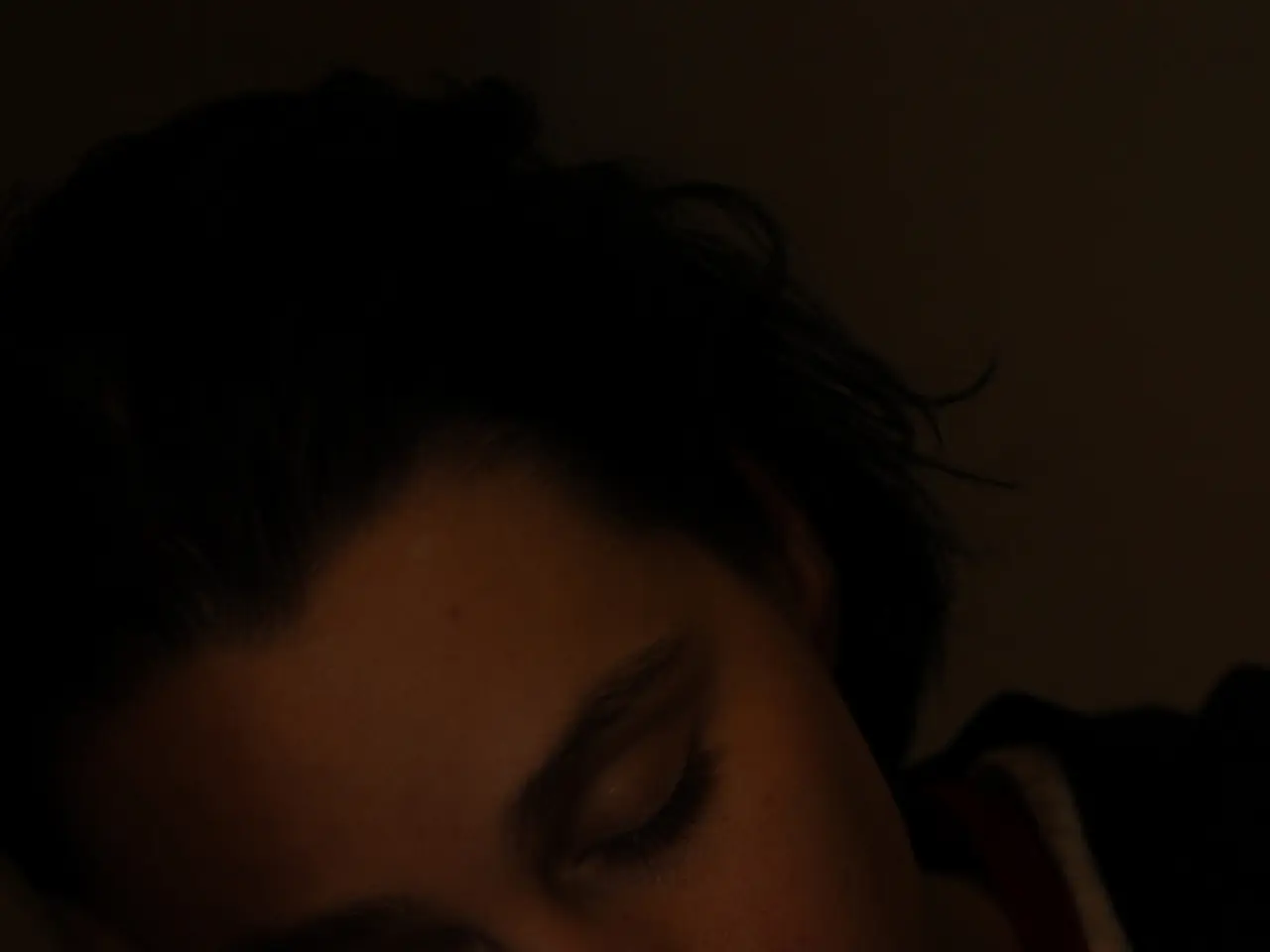Surgical Solutions for Sleep Apnea: Exploring Varieties, Possible Hazards, and Prospects
Sleep apnea, a condition characterised by repeated pauses in breathing during sleep, can significantly impact a person's quality of life. Fortunately, various surgical options are available to help alleviate this condition.
In the realm of sleep apnea surgeries, there are several categories with different targets and success rates.
Tissue Removal or Shrinkage Surgeries
One common surgery, Uvulopalatopharyngoplasty (UPPP), involves removing part of the uvula and soft palate to widen the airway. Although it is the most common surgery for sleep apnea, its success varies and can sometimes worsen symptoms if laser-assisted techniques are used.
Adenoidectomy and tonsillectomy, the removal of adenoids and tonsils, are particularly common in children with enlarged adenoids or tonsils. This procedure improves airway patency, with success rates in children reaching as high as 79% polysomnographic normalization, making it a first-line treatment for pediatric sleep apnea.
Radiofrequency tissue reduction is a minimally invasive technique used to reduce tissues like the soft palate, tongue base, or nasal tissues. Results are typically less dramatic than other surgeries.
Tracheotomy, the most effective but invasive surgery, creates a direct airway and is reserved for life-threatening cases when other treatments fail.
Jaw and Skeletal Surgeries
Maxillomandibular Advancement (MMA), which repositions the upper and lower jaws forward to enlarge the airway, is highly effective, with reported success rates over 80%, especially for patients who do not tolerate CPAP.
Hyoid Suspension Surgeries
Procedures like thyrohyoidopexy and hyoid suspension reposition the hyoid bone to open the airway behind the tongue. These are used in mild to moderate sleep apnea with obstruction at the tongue base level.
Nerve Stimulation Surgeries
Hypoglossal Nerve Stimulation (HNS) implants a device that stimulates the nerve controlling tongue movement to keep the airway open. With success rates exceeding 80% in suitable candidates, it is often preferred over CPAP for some patients.
Phrenic Nerve Stimulation, used mainly for central sleep apnea, stimulates the diaphragm via the phrenic nerve to regulate breathing.
The success of these surgeries for sleep apnea varies based on the underlying cause of sleep apnea. Precise patient selection based on the precise cause and severity of OSA is critical to maximizing success.
For mild cases of sleep apnea, a doctor may recommend soft palate surgery, also known as the Pillar Procedure. Tongue base reduction surgery, whether by incision or radiofrequency method, can improve but not necessarily cure mild sleep apnea in about 60% of people.
The jaw expansion surgery for sleep apnea, which involves expanding the jaw by about 10-12 millimeters and stabilizing it with titanium plates, has a success rate nearly 90%.
General anesthesia puts a person at greater risk during surgical procedures due to its effects on breathing. Tongue advancement surgery, a more invasive procedure, requires an overnight stay.
Research into the use of a "fully implantable unilateral transvenous phrenic nerve stimulation (TPNS) device" for central sleep apnea is ongoing.
It's essential to note that there are two types of sleep apnea: central sleep apnea (CSA) and obstructive sleep apnea (OSA). OSA is the more common type, often caused by factors such as obesity.
As with any surgery, there are general risks involved, including shock, excessive bleeding, infections, deep vein thrombosis, pulmonary embolism, breathing issues, urinary retention, and allergic reactions to anesthesia. However, the most common surgeries for sleep apnea are generally safe.
Uvulopalatopharyngoplasty (UPPP) is the most common surgical procedure performed for sleep apnea, involving the removal of excess tissue from the pharynx and soft palate. The most common nasal surgeries to address sleep apnea are septoplasty and turbinate reduction.
In conclusion, a range of surgical options is available for treating sleep apnea, each targeting different anatomical causes of airway obstruction. Precise patient selection based on the precise cause and severity of OSA is critical to maximizing success. Always consult a healthcare professional for personalised advice and guidance.
- Uvulopalatopharyngoplasty (UPPP), which entails removing part of the uvula and soft palate, is a common surgery for sleep apnea, although its success varies.
- Radiofrequency tissue reduction, a minimally invasive technique used to reduce tissues like the soft palate, tongue base, or nasal tissues, offers less dramatic results compared to other surgeries.
- Maxillomandibular Advancement (MMA), a surgery that repositions the upper and lower jaws forward to enlarge the airway, is highly effective, particularly for patients who do not tolerate CPAP.
- Hypoglossal Nerve Stimulation (HNS), a surgery that implants a device stimulating the nerve controlling tongue movement to keep the airway open, has success rates exceeding 80%.
- General anesthesia, used during surgical procedures for sleep apnea, puts a person at greater risk due to its effects on breathing.
- Research is ongoing into the use of a "fully implantable unilateral transvenous phrenic nerve stimulation (TPNS) device" for central sleep apnea.




